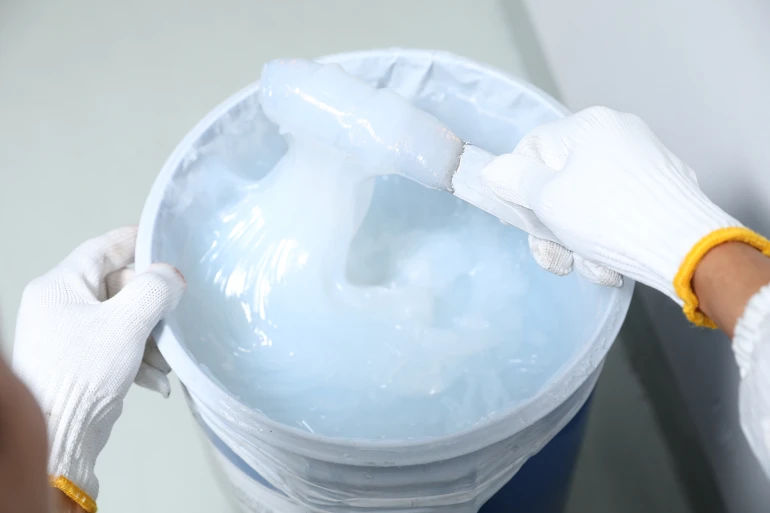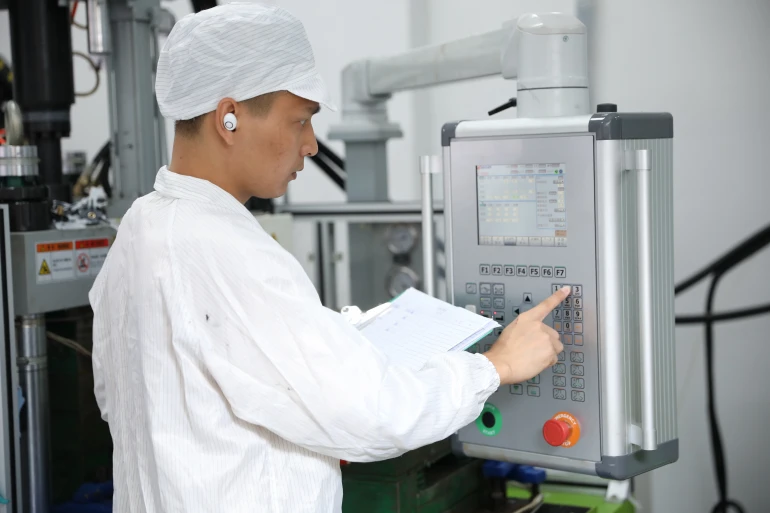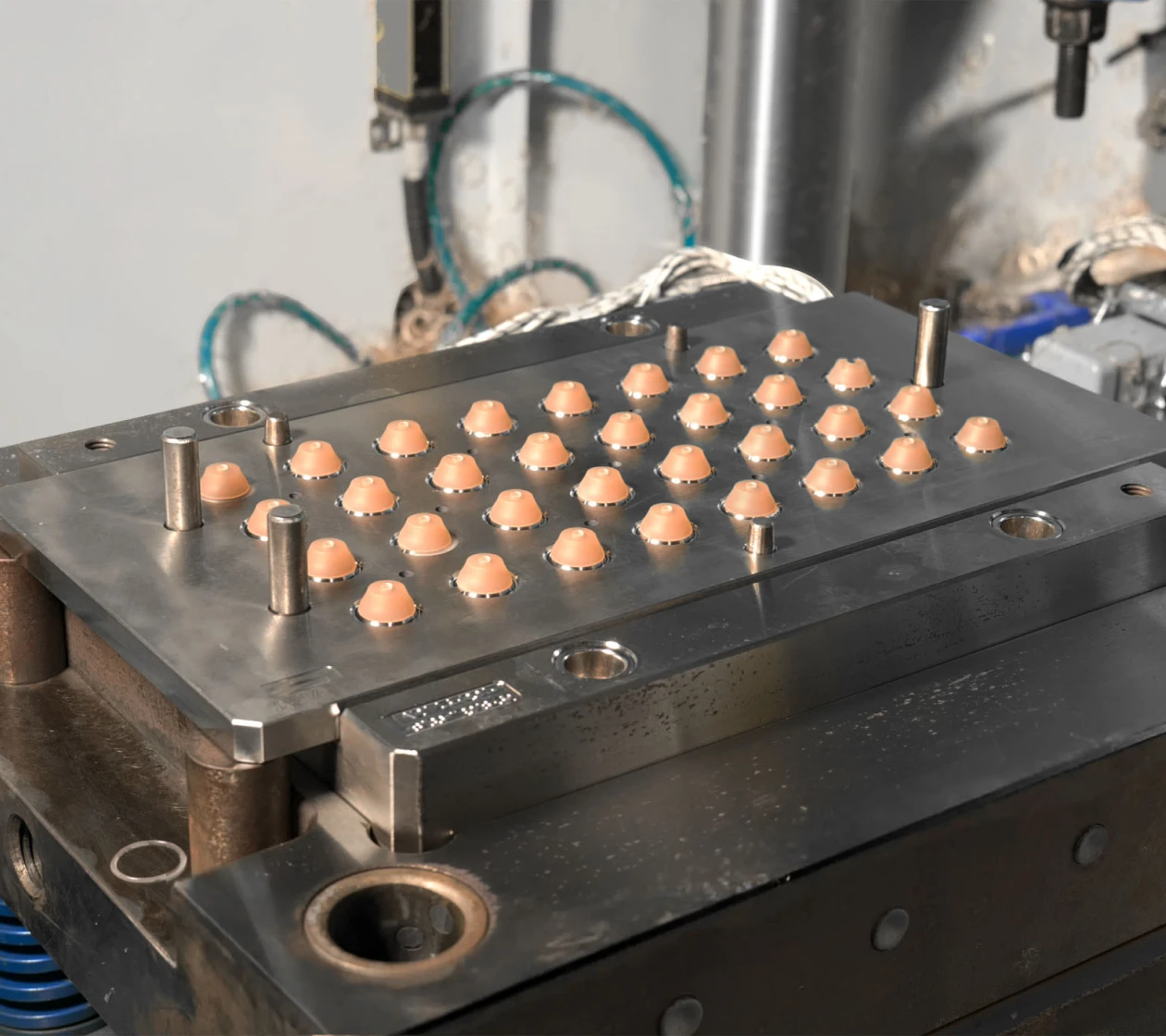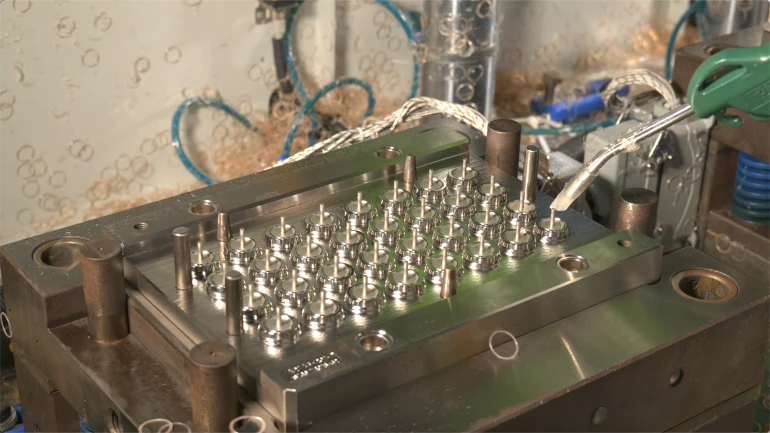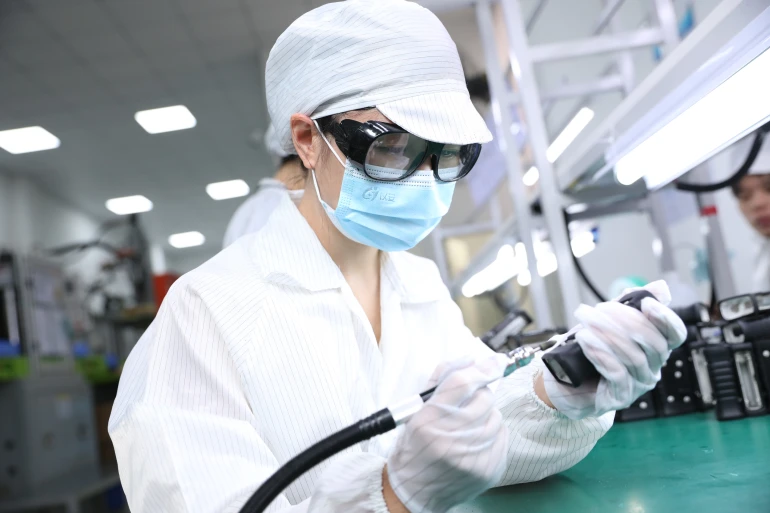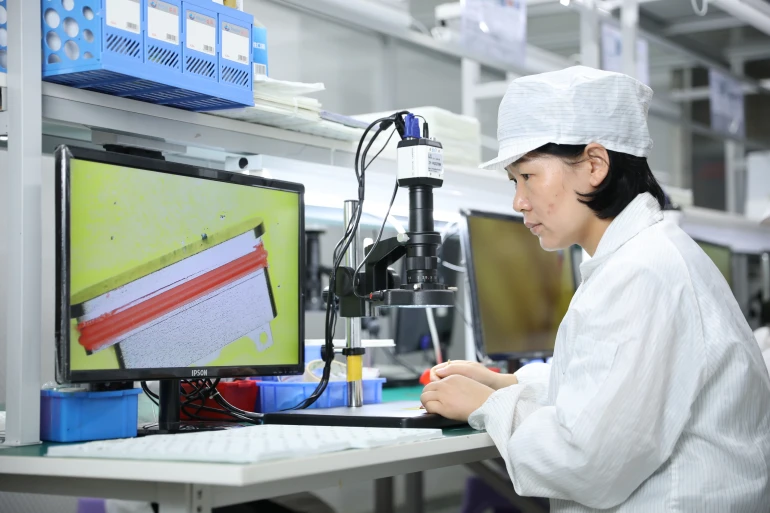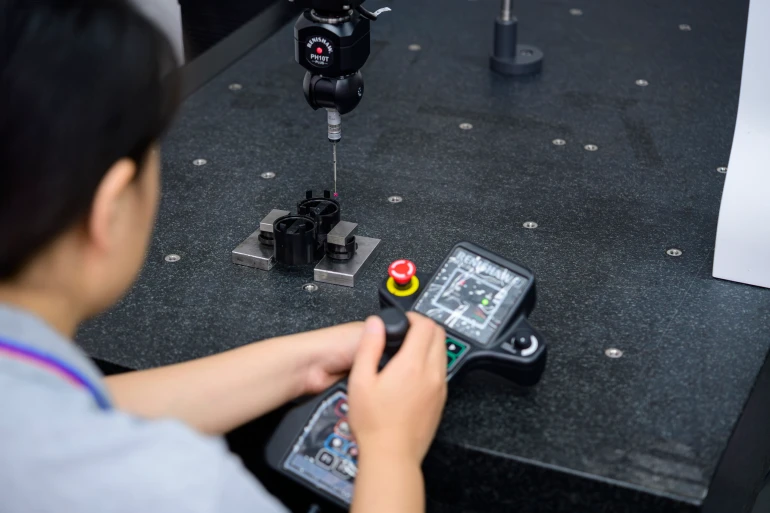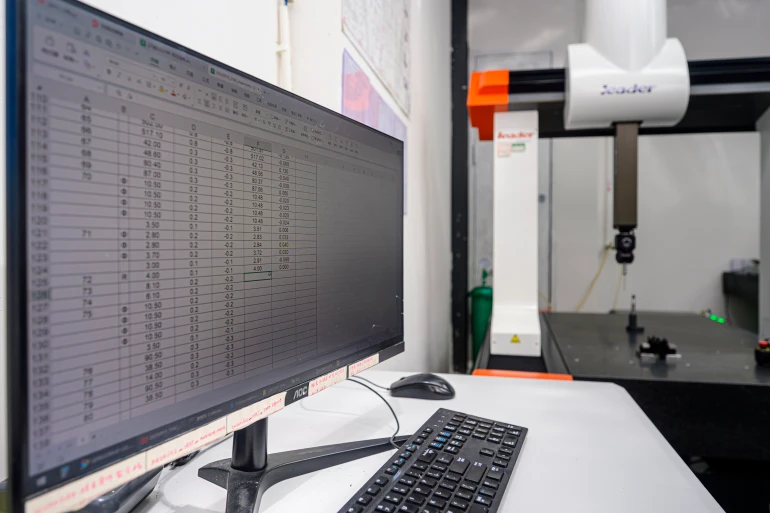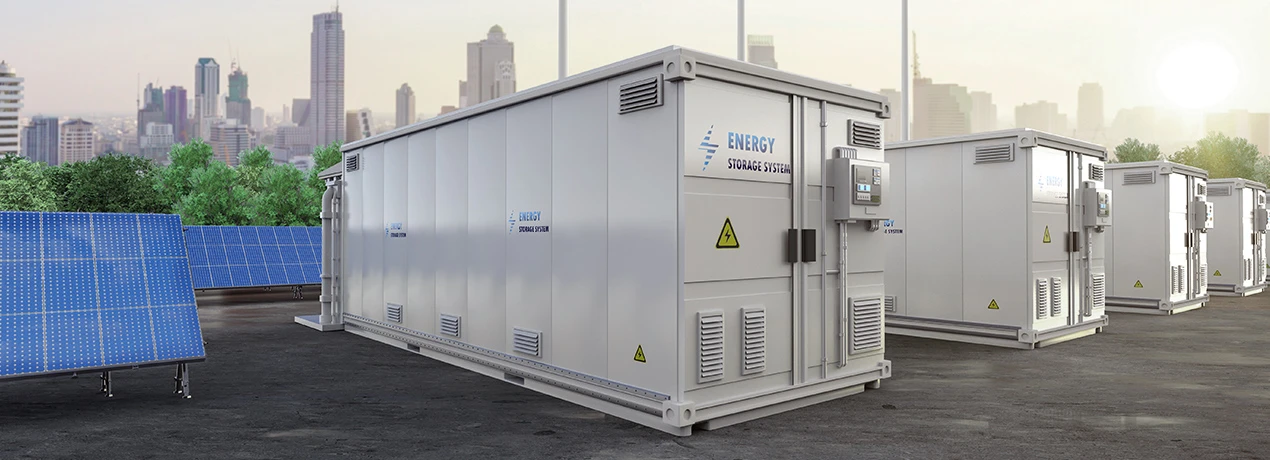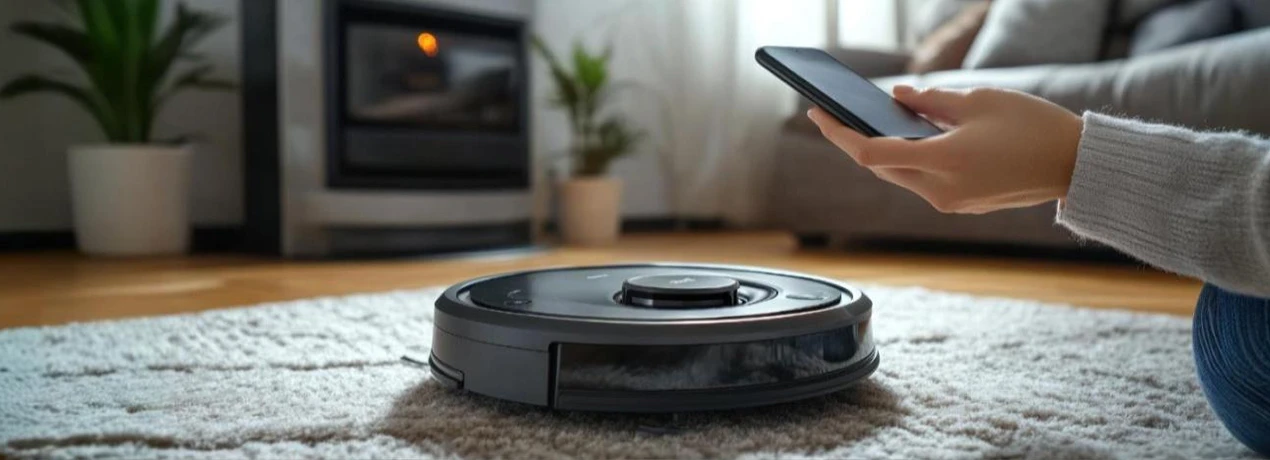- Home
- LSR Injection Molding
Fox mold
All-round LSR Injection Molding Manufacturer
Fox Mold is the world’s leading manufacturer of liquid silicone rubber injection molded products. As an expert in injection molding technology, we have the right tools and skills to create products according to your unique requirements at a short lead time. We complement this with a range of services to make your sourcing experience smooth and seamless.
- +/-0.01MM Tolerance
- Short lead time as fast as 2 weeks
- No MOQ requirements
- ISO 9001: 2015; ISO 14001: 2015;
- Parts with high performance in durability and accuracy
/ Services /
Our One-Stop Services
Fox Mold goes beyond the mold of traditional plastic injection molding manufacturers by offering an array of services.
With our years of production expertise, we can quickly transition from concept to practical samples ideal for testing and small-batch manufacturing.
We help design craft specific tools to streamline the injection molding process, including cooling systems, gates and runners, and ejection mechanisms.
Expert engineers help design and create dedicated molds with tight tolerances and detailed configurations to ensure the accuracy of each injection-molded part.
The cost-effective plastic injection molding process produces highly durable and consistent plastic parts with tight tolerances.
Fox Mold’s overmolding process creates sophisticated plastic parts with multiple layers for added functionality and detail.
Efficiently produce plastic molded parts with metal inserts that add durability and functionality while staying cost-effective.
How Does It Work
Witness the expertise of Fox Mold in manufacturing custom LSR injection molded parts.
Material Mixing
- Pre-treatment: Before use, the material must be brought back to room temperature to prevent uneven mixing or bubble formation due to temperature differences.
- Metering and Mixing: The A and B components are mixed in precise ratios to ensure proper reactions. The stirring and mixing processes must also avoid generating air bubbles to prevent affecting the quality of the product.
- Equipment Requirements: High-precision metering pumps and static/dynamic mixing heads are used to avoid cross-contamination.
Injection
- Low Pressure Injection: Load the finished mold into the LSR injection molding machine, which is used to precisely control injection. Due to the low viscosity of LSR, the injection pressure is relatively low, typically 10-20 MPa, to avoid flash.
Curing & Vulcanization
- Thermal Curing: At high mold temperatures, LSR completes the crosslinking reaction in seconds to minutes, e.g. about 30 seconds at 170°C.
- Post-curing: Some products require post-curing, e.g. at 200°C for 1-2 hours, to improve performance such as chemical resistance and elasticity.
- Real-time monitoring: Sensors provide precise temperature and time control to prevent under or over curing.
Cooling and Ejection
- Rapid cooling: After ejection, natural cooling or water cooling is used to reduce cycle time.
- Automated ejection: Robotic arms are used for part removal whenever possible to reduce human contact and ensure product consistency.
- Mold maintenance: The mold cavity is cleaned regularly to prevent silicone residue from affecting surface quality.
Secondary Operations
- Deburring: -40°C freeze to brittle, then hand trim or freeze deburr.
- Cleaning and Coating: Medical grade products require plasma cleaning or application of antibacterial coating.
- Assembly and Packaging: Integration with other components, such as combining seals with metal parts.
Surface Finishing Options
To enhance the visual appeal and durability of your LSR injection molded parts, Fox Mold offers a range of SPI and VDI surface finishing options. Whether you want a rough and textured finish or a smooth, glass-like appearance, trust our expertise to get the task done.
Plastic Material Options
We can help you improve the quality and performance of your LSR injection molded products by customizing the materials we use. We carry an inventory of LSR raw materials in various grades and hardnesses, and with high heat and vibration resistance to meet your project needs.
Two-component liquid silicone rubber (LSR) must be stored at low temperatures, away from light and contamination. We store all LSR materials in a low temperature environment of 5-25°C to maintain their quality and carefully inspect them for consistency upon receipt.
We can also provide raw material inspection certificates for expiration date, viscosity, and batch consistency upon request.
LSR Injection Molding for Various Markets
See how our manufacturing expertise in LSR injection molding has produced an assortment of plastic parts with diverse applications.
FAQ
What is LSR Injection Molding?
LSR, Liquid Silicone Rubber, is a double-part platinum-cured silicone rubber. It is an inorganic material formed by the combination of silicon, carbon, oxygen, and hydrogen. Silicon and oxygen forms the major chemical solution, which is referred to as silicone. LSR injection molding is a process of creating malleable and durable components in large quantity. During the setting processes, catalysts are included to produce a chemical link between the backbones, to create the ultimate characteristics. In relation to these catalysts, Liquid Silicone Rubber is a biocompatible material that contains platinum catalysts as the first part and methyl hydrogen silicone for the second part.
LSR Injection Molding Procedure
Preparation of the Chemicals
Based on the requirement of the final product, liquid Silicone Rubber is a composition of biocompatibles, colorants, and fillers. In preparation, the elements of the solution are blended and added to the temperature regulation system for an enhanced management of silicone temperature.
Commencement of the Injection Process
After the preparation of the mold, the clamping machine closes the mold. Then, the process of injection starts. This process can be done either under an effective ventilation system or in low-pressure environment. When the mold is filled with silicone, the temperature of the mold is heightened to fasten the curing process of the silicon rubber, transforming the material from a liquid to a solid state.
Cooling of the Craft Inside the Mold
This is the final process of injection molding. Afterwards, the craft is demolded. Then, it is put in good atmospheric conditions to finally cool off.
LSR Material Properties and Selection
To achieve the ideal choice for applications, LSR material properties are properly selected. These include:
Electrical Properties
LSR consists of enhanced insulation resistance. Silicone rubber is employed as an insulator in high voltage applications. Other conductive silicone rubbers comprises of conductive fillers such as carbon. The resistant component reduces 1010 times, but the other properties remain unchanged.
Thermal Properties
In comparison to other organic rubbers, the thermal property of the silicone rubber is higher. If a component contains an increased amount of inorganic fillers, the electrical conductance can be improved twice. This makes the material perfect for thermal heating rollers and interface sheets.
Material Properties
The compression set is one of the most important properties. Compression refers to the total deformation in a material when there is a removal of force. Silicone rubber exhibits less creep than organic creep, which is the deformation of materials under a constant load. Also, the silicone rubber is higher in tear strength than in organic rubbers and decreases with temperature.
Advantages and Disadvantages of LSR Injection Molding
The advantages include:
LSR injection mouldings are insulators and they provide enhanced flame and heat resistance needed for automotive, electrical, and industrial applications. They are naturally two-part, compatible and allergy-friendly portraying them as the best choice for skin-contact materials. Because of LSR’s enhanced compression component, it keeps its original shape even after many compressions, whether in high or low temperatures.
The disadvantages include:
In comparison with other rubber accessories, the manufacturing cost of LSR is more expensive, which is a major contribution to its excellent outcome. Liquid Silicone Rubber has complex manufacturing process and equipment. Also, it is limited as it cannot be reprocessed or recycled after it is cured and formed. Without appropriate surface treatment, rubber may produce a sticky outcome, and it will easily absorb dust or other particles.
What Parts Can Use LSR (Liquid Silicone Rubber) Injection Molding?
LSR injection moulding is applied in various industries across the world. These applications include
Automobiles
LSR is a perfect fit for the production of many accessories in the automotive sector due to its unmatched performance under intense temperatures and UV light. These accessories include; vibration dampeners, housings, sensors, bellows, gaskets, e.t.c.
Industrial Use
Industries make use of components that are resistant to harsh conditions. Therefore, liquid silicone rubber is the best choice for the production of components such as valves, gaskets, and other things employed for safety such as carbon monoxide and smoke detectors. It, also, provides the best solution, where safety is determined by permeable membranes. It can resist high heat and chemicals without losing its exterior form.
Health Care and Medical
Liquid silicone rubber is used to produce medical accessories such as endoscopy components, medical tubing, syringe stoppers, and UV LED lighting.
Consumer Goods
LSR is one of the best elements in crafting consumer products. Examples are headsets, nose masks, and earbuds.
